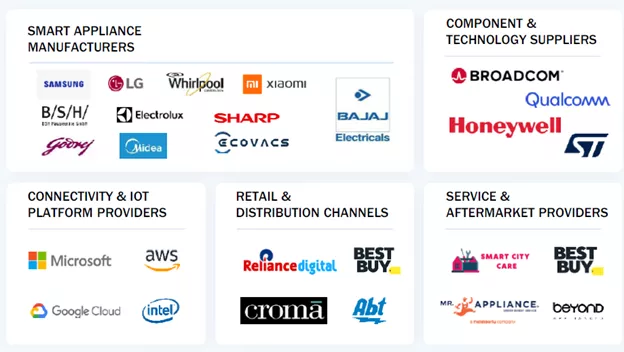The Internet of Things (IoT) ecosystem is growing at a fast rate owing to the availability of various smart products for domestic and industrial applications. The application areas of IoT include smart homes, smart grids, industrial internet, and connected cars, among many others. As the IoT modules used in various applications are becoming compact, the demand for incorporating more than one wireless technology in IoT devices is increasing. Embedded antennas are small, which makes them the best option for low-frequency applications for smaller design of IoT solutions. This has resulted in the high demand for embedded antennas from various IoT applications.
The global embedded antenna systems market was valued at USD 3.2 billion in 2020 and is expected to reach USD 8.4 billion by 2027; it is anticipated to register a CAGR of 14.9% during the forecast period from 2021 to 2027.
Download Free Brochure:
https://www.marketsandmarkets.com/pdfdownloadNew.asp?id=222999590
The demand for embedded antennas is fueled by the developments in the wireless communications industry, such as long-term evolution (LTE), increased adoption of smart devices, higher mobility, and explosive growth in mobile data traffic. New wireless technologies such as LTE and 5G, which are the fastest-growing mobile technologies and would continue to evolve in the future, demand more spectrum and more energy. With the growing number of connected devices, high-speed internet connectivity has become one of the most important parameters in digitally advanced workplaces. With 3G as the absolute wireless broadband technology and 4G rapidly expanding its prospects across numerous applications, the industry focus has shifted toward the development of the 5G technology, which is anticipated to become the next phase of development across the highly dynamic broadband industry.
The difference in spectrum allocation across regions compels OEMs to produce multiple SKUs of the same IoT devices connected to wide area network (WAN) technologies. This is expected to continue as 2G and 3G networks are phased out and devices transition to LTE and 5G, a technology with more than 40 spectrum bands. 5G is increasing the number of spectrum bands that OEMs need to consider for antenna design.
Smartphone manufacturers can alleviate some of the need for multiple SKUs by using active antenna tuning. However, even these manufacturers require different product SKUs for different regions. IoT devices are less complex and rarely include active antenna tuning ¨C although it is increasing. As a result, for WAN-connected IoT devices, OEMs need to choose between investing in antenna design for SKU reduction, but less global coverage, or offering more SKUs, but with different antenna designs in each. This is a big challenge for the manufacturers of embedded antennas globally.

No comments:
Post a Comment